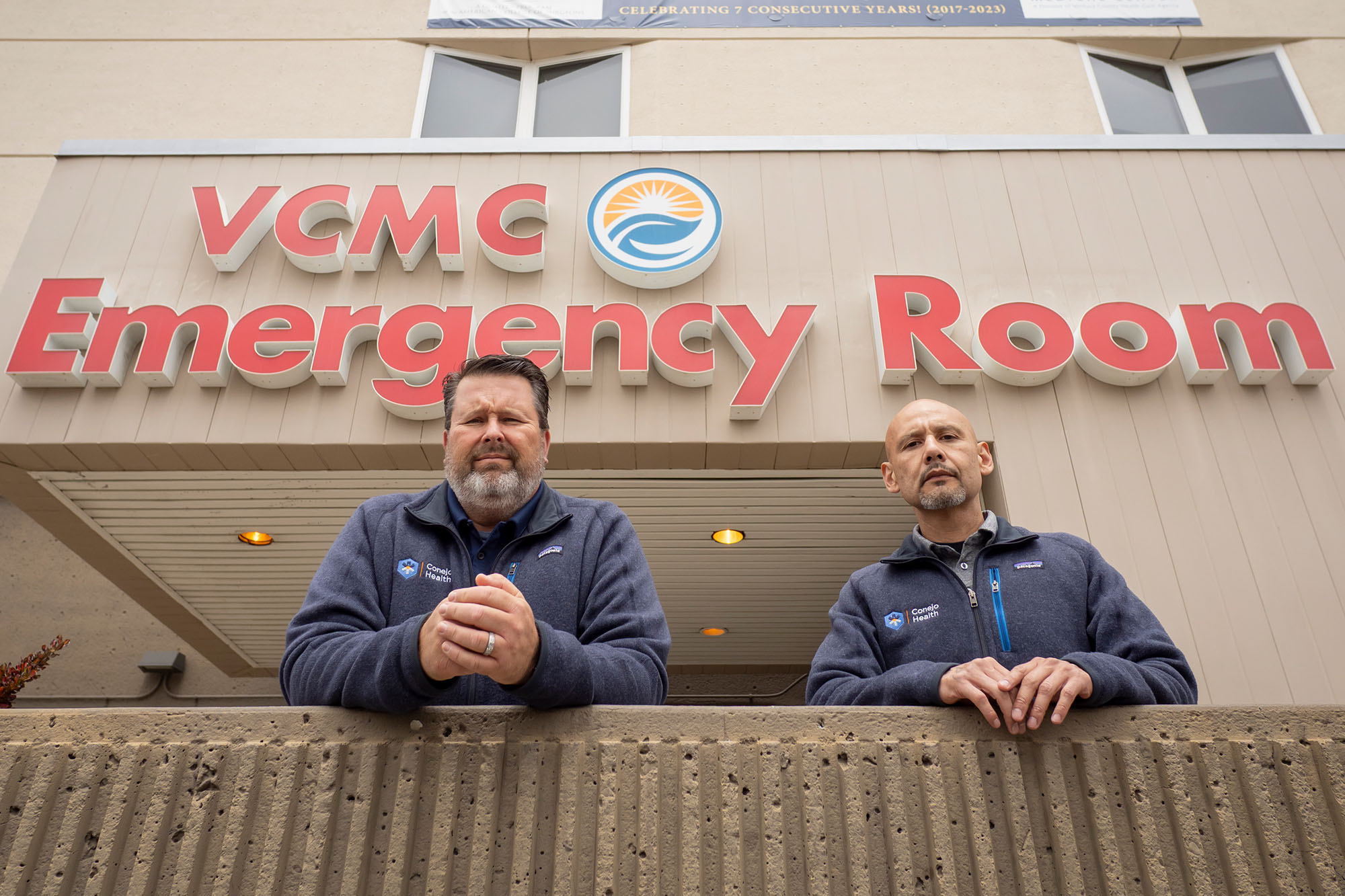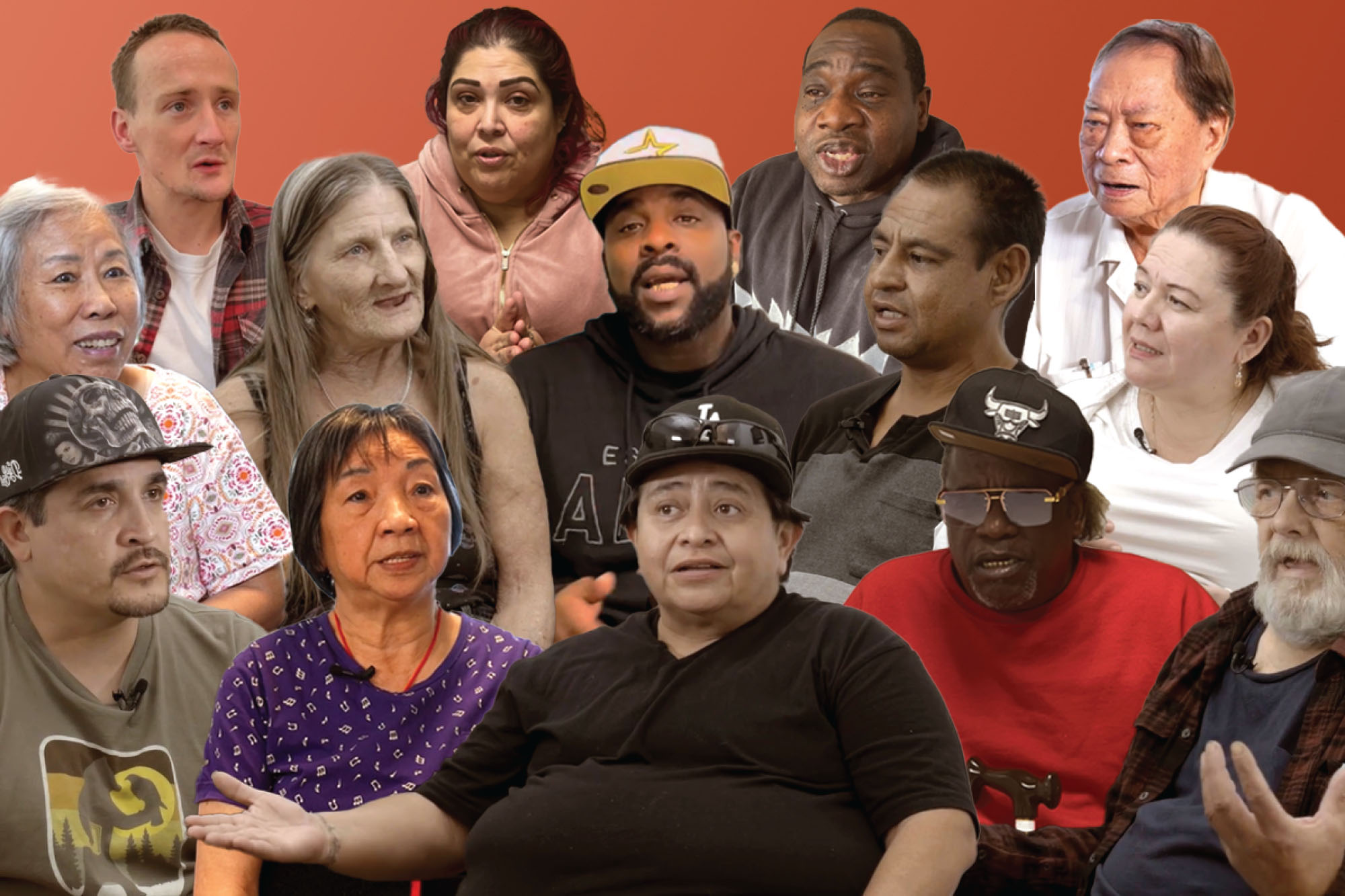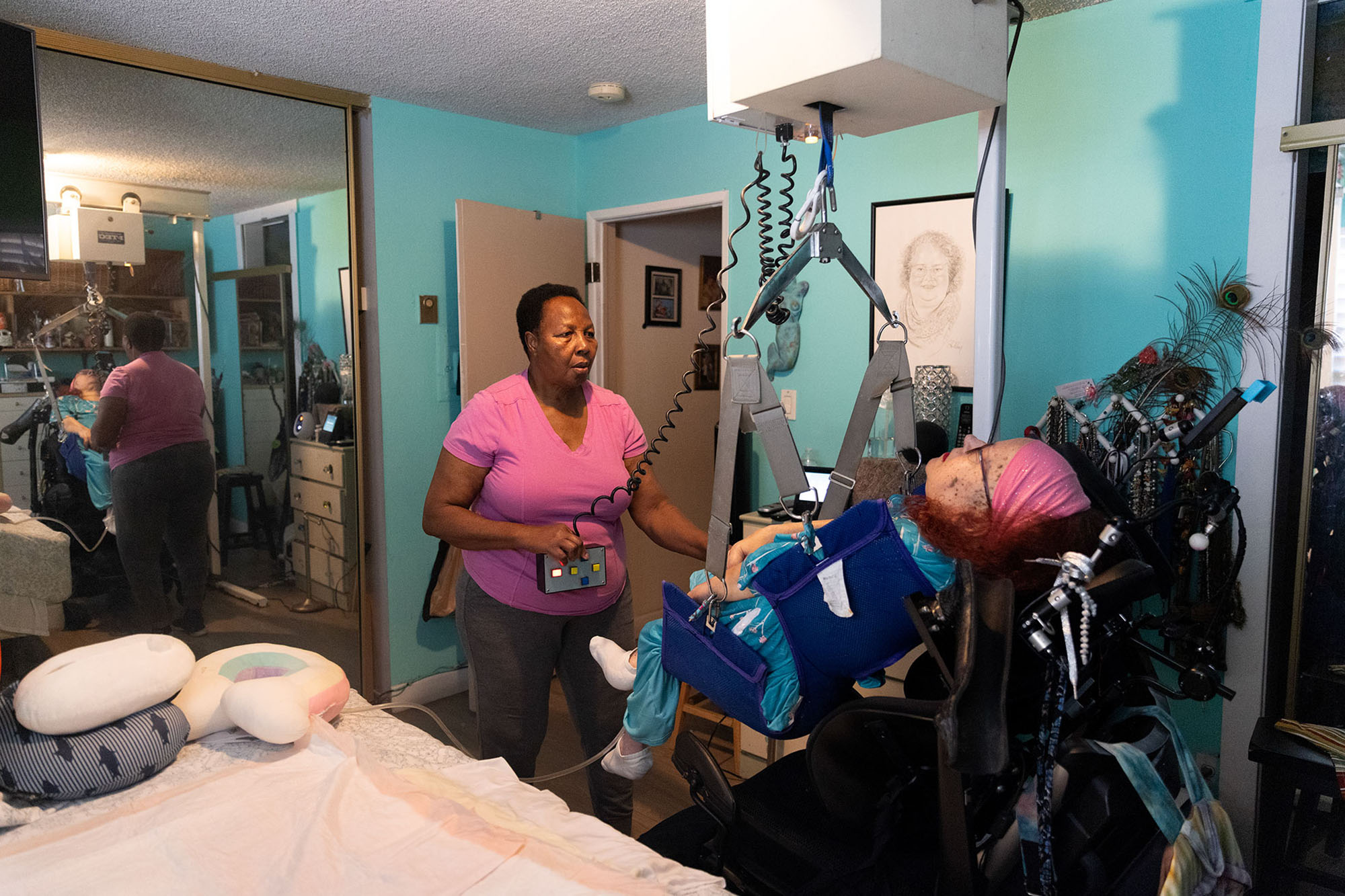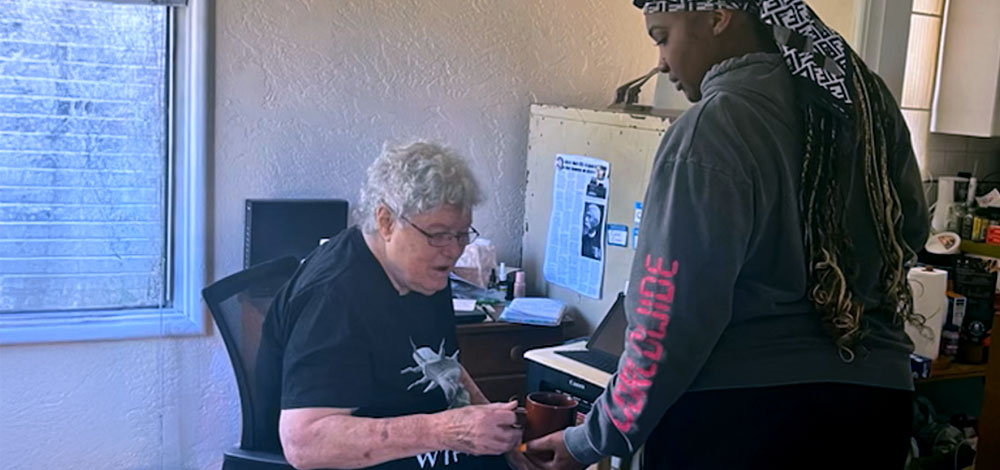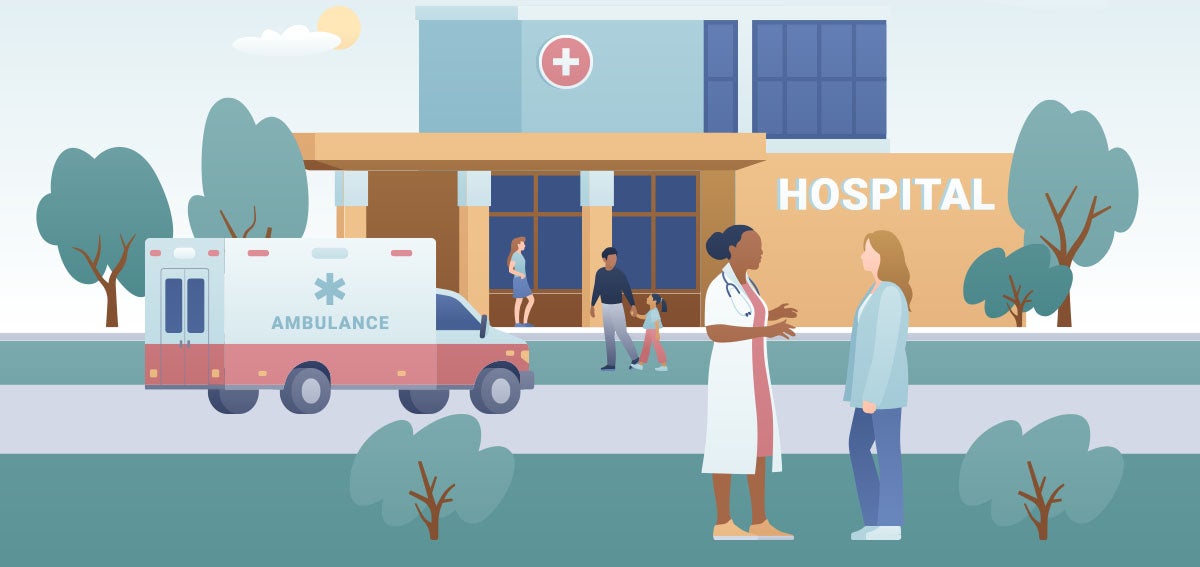
For nearly two decades, the California Health Care Foundation has sponsored the California Improvement Network (CIN). Originally launched to build quality improvement (QI) skills among the state’s major health care delivery systems, health plans, and supporting organizations, CIN has proven to be an engine for positive change systemwide. It has developed and disseminated knowledge and promising practices and helped cultivate a generation of QI leaders.
At its core, CIN is a forum for peer exchange. Colleagues from diverse safety-net and commercial health care organizations, too often siloed by geography and sector, gather to share new ideas about care delivery and trade advice about problems they’re struggling with. Together, partners identify and test promising solutions to real-time challenges such as behavioral health integration, provider burnout, and total cost of care.
CIN has long focused on the triple aim of improving population health, enhancing the individual experience of care, and reducing costs. Recently, however, the community’s goals felt incomplete as a response to California’s commitment to reduce racial injustice and the troubling health disparities that plague our state.
So CHCF set out to reimagine CIN as a vehicle to advance health equity, starting with health care experiences and outcomes for recipients of Medi-Cal, California’s Medicaid program. We made wholesale changes to the program to strategically support what our partners need to advance equity in their communities. These changes emerged from a yearlong, iterative co-design process with organizations closest to the patients with low incomes who the network aims to serve better.
In 2023, for the first time, CIN will include community-based organizations (CBOs) as peers and partners.
Fostering New Partnerships
There’s a growing recognition that the health care industry will not meet Medi-Cal’s goals around equity, quality, affordability, and patient experience without addressing barriers like food insecurity, housing issues, and substance use disorder. Our collective approach to keeping patients well must be much more expansive, whether that means providing medically tailored meals or housing vouchers.
For more patients to receive this level of coordinated and integrated care, tighter partnerships will be needed between CBOs – trusted experts at meeting patients’ non-medical needs – and health care organizations. These partnerships are also key to the success of California’s recent and far-reaching revamp of Medi-Cal called CalAIM (California Advancing and Innovating Medi-Cal), which takes a comprehensive and community-based approach to caring for people.
I’m excited to share that the California Improvement Network will begin supporting these vital cross-sector partnerships and will prioritize health equity in selection of topics and supports. In January 2023, CIN will welcome CBOs as full and equal partners, resulting in a more racially, ethnically, and geographically diverse and dynamic network. These organizations will co-lead CIN, holding positions on its managing partners group and co-steering all affinity groups. They will receive stipends to enable their participation.
These CBO partners include The People Concern, Homeless Prenatal Program, and Turning Point Community Programs. They will join high-performing health care organizations that are prioritizing health equity, such as United Indian Health Services, Health Plan of San Joaquin, and SCAN Health Plan. The remaining partners will consist of payers, health care delivery organizations, and the California Department of Health Care Services, which runs Medi-Cal. All 25 CIN partners will hold a two-year term.
During our partnership selection and redesign process, we had dozens of conversations with members of community-based organizations and health care organizations who told us they were hungry to learn from each other. They were most interested in answering these questions: How do we build closer relationships with our partners? What promising practices can we implement that are working right now to meet patients’ social needs or helping organizations to be anti-racist? How can we more effectively communicate recommendations to our partners? How do we report success?
Anticipated Advancements Through Action
Digging into big, knotty questions with peers and testing new ideas is at the core of CIN’s work. When safety-net and commercial health care organizations came together 17 years ago for the network’s inaugural forum, they had their own learning curves around the then-nascent field of quality improvement.
These CIN partners successfully developed their QI methods and skills through peer sessions that kindled new relationships; exposure to different approaches and experts; funding for pilot projects; and knowledge-building resources, such as toolkits and podcasts.
Partners brought fresh eyes to problems facing their peers and offered them encouraging feedback and suggestions. They inspired each other by sharing stories of small wins after unexpected setbacks. Ultimately, they set a model for the state that advanced care delivery, resulting in real patient impact.
Now my CIN colleagues and I are eager to offer this proven approach to the health care and social services sectors and to tackle the formidable challenges around disparities and equity.
After years of witnessing the power of peer-to-peer collaborations to surface practical solutions more quickly, we believe that having CBOs and health care organizations in the same room at the same time will create a deeper understanding of barriers to care and services. Viewing patients’ situations from different perspectives increases the odds of reducing those barriers.
Ideas Worth Spreading
Putting equity at the center is the future of quality improvement work in California.
As CIN strives to become an incubator for health equity innovations aligned with CalAIM, we want as many organizations and interested individuals as possible to partake in the lessons that emerge from the field. We invite you to subscribe to our monthly newsletter, which covers how partners deliver care differently, upcoming events, grant opportunities, and high-quality curated resources. You can also attend our webinars, tune into our podcasts, and use our toolkits. Please send your questions, suggestions, and feedback to the CIN program managers at Healthforce Center at UCSF.
Please join me in this next chapter of CIN as we aim to make health care in California more responsive to patients and more equitable for communities.
Authors & Contributors
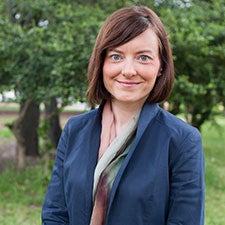

Shmuel Thaler
The 2016 Santa Cruz County Artist of the year, Shmuel Thaler has been a staff photographer at the Santa Cruz Sentinel since 1987. His photographs have appeared in every major newspaper in the United States. He spent much of 2020 documenting the Black Lives Matter actions, the election, the CZU August Lightning Complex fires, and the pandemic for the Sentinel. His photograph of Santa Cruz Police Chief Andy Mills and Mayor Justin Cummings was seen by millions when it went viral, aired on every major TV network, and was shared by Octavia Spencer, Katie Couric, George Conway, and thousands of others on social media.

